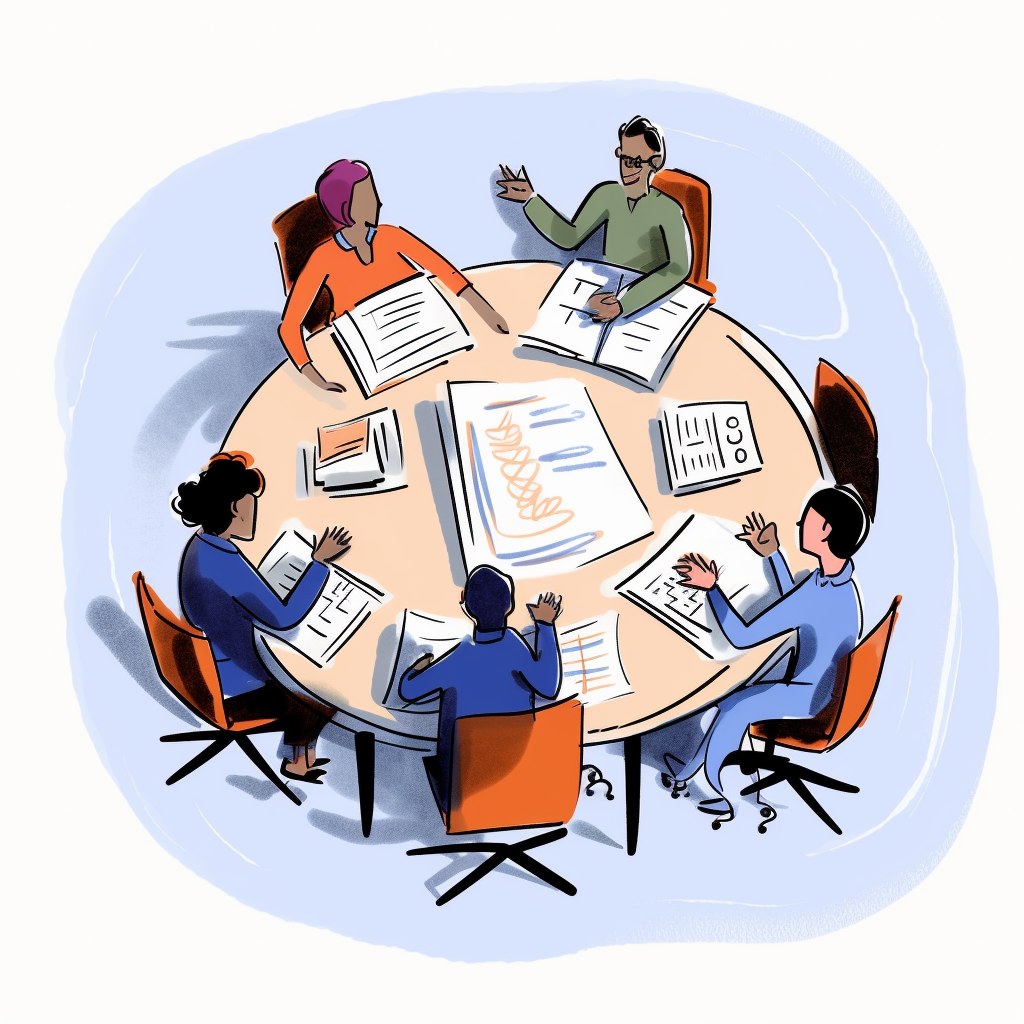For the past few days, I have been reflecting on the crucial role of Human touch in software delivery. When you look at what OpenAI and xAI have been releasing. All you can do is just ask yourself, can we even keep up? OpenAI’s released GPTs infrastructure can end/close most of the chatbot businesses worldwide. and xAI released Grok was built in 2 months and outperforms ChatGPT 3.5 in numerous tests. Let’s rewind a bit. How do you build a product that outperforms ChatGPT 3.5 in 2 months? Yes, they have the resources (people, data, etc) but it is mind-blowing. We are in the the dynamic landscape of technology, where Artificial Intelligence (AI) tools promise efficiency and precision in software delivery and the value of humans is now more on the data perspective and not the touch. But the human touch in technology can not be overstated. As a Lead on projects, I now find myself trying to make a balance on the potential of AI tools in the delivery process while figuring out what a human touch provides.
The AI (Dis) Advantage
In this race for AI innovation, everyone wants to keep up with the pace. But the big players are making it hard and easy at the same time. Your business solution core API can easily be part of the next OpenAI event and everyone would be able to replicate your business. This comes with benefits to the world but businesses will and are closing because the value they were providing is no longer scarce. AI tools have proven crucial, Automated testing, continuous integration, and predictive analytics have significantly enhanced our ability to meet tight deadlines and deliver solutions with precision. The efficiency gains are undeniable, and our teams are more empowered than ever before.
However, it is crucial to recognize that every tech leader is experiencing an “If you can’t fight them, join them. moment”. Nothing good comes from having only handful of companies providing allmost all models because many people will give up and we might end up with one provider for most of the models.
The Unseen Challenges
In the pursuit of speed and accuracy, it is easy to overlook the subtle complexities of human interaction that define successful software delivery. Communication, collaboration, and the ability to adapt to unforeseen challenges are inherently human attributes that AI tools, as sophisticated as they are, struggle to replicate.
One of the challenges I think of, Is striking the right balance between leveraging AI for its undeniable advantages and preserving the irreplaceable human touch in our development processes. And I don’t have a definitive solution yet, because each business requirement calls for a custom solution and most solutions are not 1 or 0, They are a balance or combination of the two.
The Art of Balancing Business Requirements
In the competitive arena of business, the pressure to deliver quickly and cost-effectively is always there. AI tools provide a compelling solution, but the danger lies in overlooking the unique value proposition that human touch offers.
Aligning AI tools with business requirements while ensuring that human insights guide decision-making. While AI can analyze data and detect patterns, it is the human touch that interprets and anticipates user needs that can not be detected in data or behaviour, and ensures the end product is not just functional but resonates with the end users.
Humans and AI in Friendship
Rather than viewing AI as a replacement for human involvement, I support its integration as a complementary force. Human touch should guide the strategic vision, interpret feedback, and provide the empathy necessary for crafting software that truly meets user needs.
To achieve this synergy, teams should understand the capabilities and limitations of AI tools. We should strive for a collaborative environment where humans and AI work together, leveraging the strengths of each to overcome challenges and enhance the overall software delivery process.
Conclusion
As a lead, my commitment is to deliver cutting-edge solutions but also foster an environment where the union of AI and human touch results in software that not only meets business requirements but exceeds user expectations. The true value lies not just in the lines of code but in the human stories we enable through our technology.
As I heard in the early days of my career, It is always People and Technology, not the other way around.
JN

Leave a Reply